Home>Construction & Tools>Building Materials>What Is Brick Veneer?
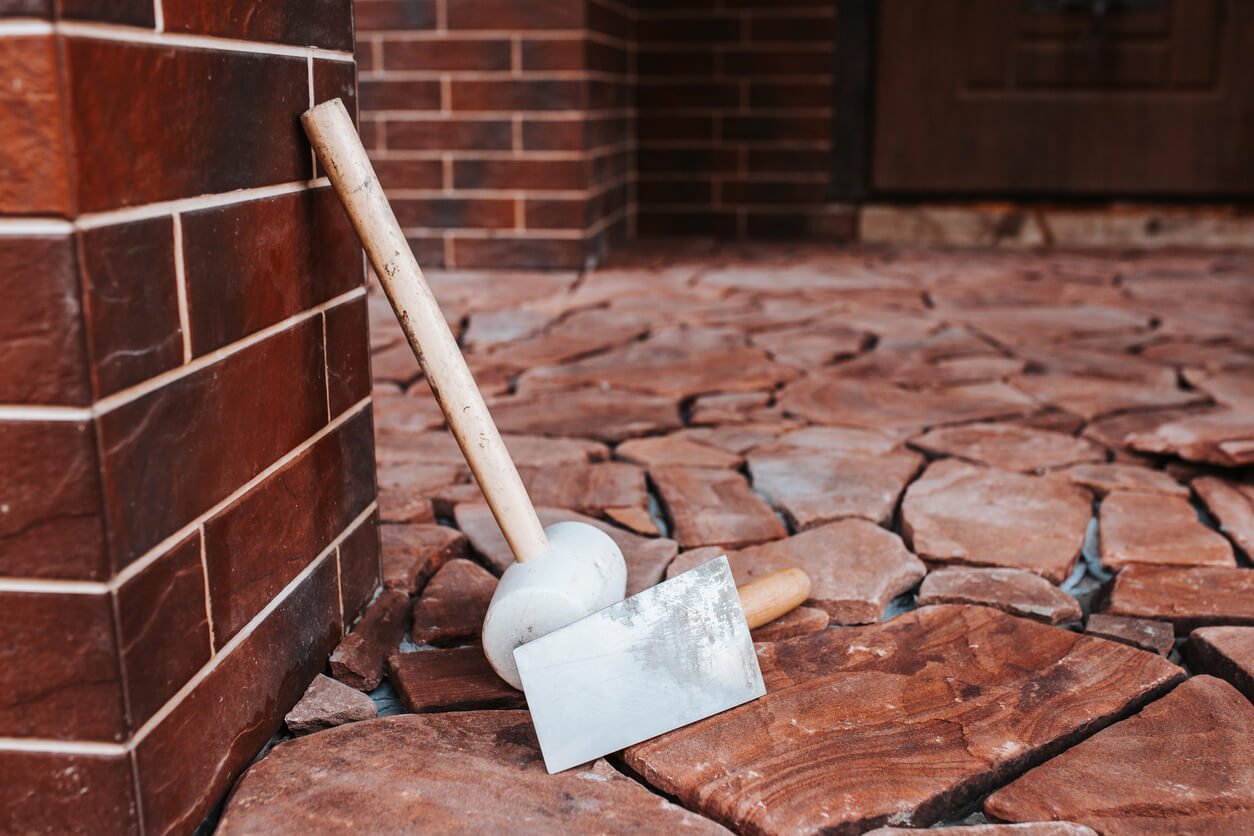

Building Materials
What Is Brick Veneer?
Published: January 23, 2024
Learn about the benefits and uses of brick veneer as a popular building material. Discover how brick veneer can enhance your construction projects.
(Many of the links in this article redirect to a specific reviewed product. Your purchase of these products through affiliate links helps to generate commission for Storables.com, at no extra cost. Learn more)
Introduction
Welcome to the world of construction and architecture, where every material has a story to tell and a purpose to serve. In this article, we delve into the realm of brick veneer, a versatile and popular building material that has adorned countless structures with its timeless appeal and practical benefits.
Brick veneer is a crucial component in the construction industry, offering a blend of aesthetics, durability, and insulation. Its widespread use in residential and commercial projects underscores its significance in modern architecture. As we embark on this exploration of brick veneer, we will uncover its definition, types, installation process, advantages, disadvantages, and maintenance requirements, providing a comprehensive understanding of this remarkable building material.
Whether you are a homeowner considering brick veneer for your property, an architect seeking to harness its design potential, or a construction professional aiming to master its installation techniques, this article aims to equip you with the knowledge and insights to navigate the world of brick veneer with confidence and expertise.
Key Takeaways:
- Brick veneer is a versatile building material that adds timeless charm to structures. It offers insulation, durability, and aesthetic appeal, making it a popular choice for residential and commercial projects.
- While brick veneer enhances the visual appeal of buildings, it requires regular maintenance to preserve its beauty and structural integrity. Cleaning, inspections, and repairs are essential for long-term durability.
Read more: What Is Brick Veneer Made Of
Definition of Brick Veneer
Brick veneer is a construction material that serves as a protective and decorative layer on the exterior of a building. Unlike traditional solid brick walls, brick veneer consists of a single layer of bricks that is supported by a wood or metal frame, leaving a gap between the veneer and the building’s inner wall. This gap, known as an air space, provides crucial ventilation and insulation benefits, making brick veneer a popular choice for both residential and commercial construction projects.
The bricks used in brick veneer are typically thinner than those in traditional masonry walls, allowing for easier installation and reduced weight on the building’s structure. This lightweight nature makes brick veneer an attractive option for new construction as well as renovations, as it can be added to existing buildings without significant reinforcement of the foundation or support systems.
Furthermore, brick veneer offers a diverse range of design possibilities, as it is available in various colors, textures, and patterns, enabling architects and homeowners to achieve their desired aesthetic vision. Whether aiming for a rustic, traditional, or contemporary look, brick veneer can be tailored to suit the unique style of any building, adding character and charm to its exterior.
Overall, brick veneer stands as a testament to the marriage of functionality and beauty in the realm of construction, providing a protective barrier against the elements while enhancing the visual appeal of buildings across the globe.
Types of Brick Veneer
Brick veneer comes in various types, each offering distinct characteristics and installation methods to cater to diverse architectural preferences and construction requirements. Understanding the different types of brick veneer is essential for selecting the most suitable option for a specific project. Here are the primary types of brick veneer:
- Traditional Brick Veneer: This type of brick veneer features a single layer of bricks that is supported by a wood or metal frame, leaving an air space between the veneer and the building’s inner wall. Traditional brick veneer is a popular choice for both residential and commercial projects due to its versatility and timeless aesthetic appeal.
- Thin Brick Veneer: Also known as brick tiles or brick cladding, thin brick veneer consists of thinner bricks compared to traditional brick veneer. These bricks are often installed using adhesive or mortar directly onto the building’s substrate, offering a lightweight and cost-effective alternative for achieving the look of solid brick walls.
- Cavity Wall Brick Veneer: Cavity wall brick veneer features an inner structural wall, an air space, and an outer brick veneer, providing enhanced insulation and moisture protection. This type of brick veneer is renowned for its energy efficiency and weather resistance, making it a popular choice for buildings in diverse climates.
- Handmade Brick Veneer: Handmade brick veneer offers a rustic and artisanal charm, as each brick is carefully crafted by hand to achieve a unique texture and appearance. This type of brick veneer is prized for its individuality and character, adding a touch of craftsmanship to architectural designs.
By considering the specific attributes and installation requirements of each type, architects, builders, and homeowners can make informed decisions when incorporating brick veneer into their construction projects, ensuring that the chosen type aligns with the desired aesthetic, performance, and budgetary goals.
Installation Process
The installation of brick veneer involves a meticulous process that demands precision, expertise, and attention to detail to ensure structural integrity and visual appeal. Whether it is for a new construction project or a renovation, the following steps outline the typical installation process of brick veneer:
- Preparation of Substrate: The surface where the brick veneer will be installed must be thoroughly prepared, ensuring it is clean, level, and capable of supporting the weight of the veneer. Any existing finishes or debris must be removed, and the substrate should be inspected for structural soundness.
- Installation of Moisture Barrier: A moisture barrier, such as building paper or house wrap, is applied to the substrate to prevent water infiltration and protect the building from moisture-related damage. This crucial step safeguards the structural integrity of the veneer and the underlying wall.
- Setting the Weep Screed: A weep screed, typically made of metal, is installed at the base of the wall to facilitate drainage and ventilation within the air space behind the brick veneer. This component allows any moisture that penetrates the veneer to escape, preventing potential water accumulation and damage.
- Applying Mortar and Laying Bricks: Mortar is applied to the back of each brick, and the bricks are carefully positioned on the substrate according to the desired pattern and design. The mortar serves as the adhesive that secures the bricks in place, creating a durable and cohesive veneer surface.
- Grouting and Finishing: Once the bricks are set, the mortar joints are filled and finished to achieve a uniform appearance. The grouting process involves carefully filling the spaces between the bricks with mortar, ensuring structural stability and enhancing the visual cohesion of the brick veneer.
- Sealing and Cleaning: Upon completion, the brick veneer is sealed to protect it from moisture and environmental elements, preserving its longevity and appearance. Additionally, any excess mortar or debris is meticulously cleaned to reveal the beauty of the newly installed brick veneer.
It is important to note that the installation process may vary based on the specific type of brick veneer and the unique requirements of the project. Consulting with experienced professionals and following industry best practices are essential for achieving a successful and enduring brick veneer installation.
Brick veneer is a thin layer of bricks applied to the exterior of a building for decorative purposes. It is not a structural component, but rather a way to give the appearance of a solid brick wall.
Advantages of Brick Veneer
Brick veneer stands as a favored building material for numerous reasons, offering a host of advantages that contribute to its widespread popularity in the construction industry. From its aesthetic appeal to its structural benefits, brick veneer presents a range of advantages that make it a compelling choice for architects, builders, and homeowners alike. Here are some of the key advantages of brick veneer:
- Timeless Aesthetic Appeal: Brick veneer exudes a classic and timeless charm, adding character and warmth to buildings of various architectural styles. Its rich texture, earthy tones, and versatility in design make it a sought-after choice for achieving visually captivating facades.
- Durability and Longevity: With proper installation and maintenance, brick veneer can endure for decades, standing strong against the elements and resisting damage from fire, pests, and rot. Its robust nature contributes to the long-term value and structural integrity of buildings.
- Insulation and Energy Efficiency: The air space between the brick veneer and the building’s inner wall provides a natural insulation barrier, enhancing energy efficiency and reducing heating and cooling costs. This thermal performance makes brick veneer an environmentally conscious choice for sustainable construction.
- Low Maintenance: Brick veneer requires minimal maintenance, as it does not need to be painted or sealed regularly. Routine cleaning and inspections suffice to keep the veneer looking pristine, offering convenience and cost savings over time.
- Fire Resistance: Brick veneer is inherently fire-resistant, providing an added layer of safety and protection for buildings and their occupants. Its non-combustible nature contributes to the overall fire safety of structures.
- Sound Insulation: The density of brick veneer contributes to effective sound insulation, reducing noise transmission from the exterior to the interior of buildings. This acoustic benefit enhances comfort and privacy within the built environment.
- Increased Property Value: Buildings adorned with brick veneer often command higher resale values, as the material’s durability, aesthetic appeal, and perceived quality elevate the overall desirability of the property.
These advantages collectively position brick veneer as a versatile and practical choice for enhancing the visual, functional, and economic aspects of construction projects, making it a cornerstone of enduring architectural excellence.
Read more: How To Build A Brick Veneer Wall
Disadvantages of Brick Veneer
While brick veneer offers a multitude of benefits, it is essential to acknowledge its potential drawbacks and limitations to make informed decisions regarding its use in construction projects. Understanding the disadvantages of brick veneer allows architects, builders, and homeowners to address any challenges and mitigate associated concerns. Here are some notable disadvantages of brick veneer:
- Cost of Materials and Installation: The initial cost of purchasing brick veneer materials and the expenses associated with installation, including labor and specialized equipment, can be relatively high compared to alternative siding options. This cost consideration may impact the overall budget of a construction project.
- Weight and Structural Requirements: Brick veneer adds considerable weight to a building, necessitating robust structural support and foundation systems. Existing structures may require reinforcement to accommodate the additional load of brick veneer, potentially increasing construction complexities and costs.
- Installation Expertise and Time-Intensiveness: Proper installation of brick veneer demands skilled labor and meticulous attention to detail. The time-intensive nature of the installation process, especially for larger projects, can result in extended construction schedules and potential delays.
- Maintenance and Repairs: While brick veneer is generally low-maintenance, repairs due to damage, cracking, or discoloration may require professional intervention and specialized techniques. Addressing such issues can entail additional expenses and logistical considerations.
- Moisture Management: Proper moisture management behind the brick veneer is crucial to prevent water infiltration and potential damage to the building’s structure. Inadequate ventilation and drainage within the air space can lead to moisture-related issues, necessitating careful planning and installation expertise.
- Design Limitations: The fixed dimensions and weight of brick veneer may pose design limitations for certain architectural concepts, particularly those requiring lightweight or flexible cladding materials. This factor may influence the aesthetic and functional possibilities of a building’s exterior design.
- Environmental Considerations: The production and transportation of brick veneer materials can have environmental implications, including energy consumption and carbon emissions. Assessing the environmental footprint of brick veneer is essential for sustainable construction practices.
By recognizing these disadvantages and proactively addressing them through careful planning, expert consultation, and strategic decision-making, stakeholders in construction projects can effectively navigate the complexities of integrating brick veneer into architectural designs while maximizing its benefits and minimizing potential drawbacks.
Maintenance of Brick Veneer
Proper maintenance is essential to preserve the aesthetics, structural integrity, and longevity of brick veneer, ensuring that it continues to enhance the visual appeal and functionality of buildings for years to come. By adhering to a regular maintenance regimen and addressing any issues promptly, the beauty and performance of brick veneer can be sustained. Here are key maintenance practices for brick veneer:
- Regular Cleaning: Periodic cleaning of brick veneer surfaces is crucial to remove dirt, grime, and environmental residues that can diminish its appearance. Using a gentle solution of water and mild detergent, along with a soft-bristled brush or sponge, allows for effective cleaning without causing damage to the veneer.
- Inspections for Damage: Routine inspections of the brick veneer should be conducted to identify any signs of cracking, spalling, or discoloration. Early detection of such issues enables timely repairs, preventing potential deterioration and maintaining the structural soundness of the veneer.
- Sealing and Waterproofing: Applying a quality sealant to the brick veneer helps protect it from moisture infiltration, efflorescence, and staining. Proper sealing enhances the veneer’s resistance to environmental elements and prolongs its lifespan, contributing to long-term durability.
- Repairing Mortar Joints: Over time, mortar joints in brick veneer may require repointing to address wear and deterioration. Tuckpointing, the process of removing and replacing deteriorated mortar, restores the strength and appearance of the joints, safeguarding the structural cohesion of the veneer.
- Managing Vegetation: Vegetation, such as vines or shrubs, growing on or near brick veneer should be carefully managed to prevent damage caused by roots, moisture retention, or organic debris. Regularly trimming and monitoring vegetation helps preserve the integrity of the veneer.
- Addressing Efflorescence: Efflorescence, the white, powdery residue that can appear on brick surfaces due to salt deposits, should be addressed promptly. Gentle cleaning and proper moisture management can prevent efflorescence from recurring and detracting from the veneer’s appearance.
- Professional Consultation: Engaging professional masons or contractors for periodic assessments and maintenance of brick veneer is advisable. Their expertise ensures comprehensive evaluations and precise solutions for any maintenance needs, safeguarding the long-term performance of the veneer.
By incorporating these maintenance practices into a proactive care regimen, property owners and building managers can uphold the allure and resilience of brick veneer, preserving its status as a timeless and enduring architectural asset.
Conclusion
Brick veneer stands as a testament to the harmonious fusion of aesthetics, functionality, and durability in the realm of construction materials. Its timeless appeal, diverse design options, and practical benefits have solidified its position as a cornerstone of architectural excellence, adorning buildings with enduring charm and structural integrity.
From the classic allure of traditional brick veneer to the versatility of thin brick tiles, the diverse types of brick veneer offer architects, builders, and homeowners a spectrum of possibilities to realize their design visions and construction aspirations. The installation process, while meticulous, yields facades that exude craftsmanship and sophistication, enriching the built environment with their distinctive character.
The advantages of brick veneer, including its durability, insulation properties, and fire resistance, underscore its value as a sustainable and resilient building material. However, it is essential to acknowledge the potential drawbacks and maintenance considerations associated with brick veneer, empowering stakeholders to make informed decisions and implement effective maintenance practices for long-term success.
As we conclude this exploration of brick veneer, it becomes evident that this remarkable building material transcends mere functionality, embodying a legacy of architectural elegance and enduring appeal. Its presence on buildings, both historic and contemporary, reflects a timeless commitment to craftsmanship and quality, enriching the visual tapestry of cities and communities worldwide.
Whether gracing the facades of homes, commercial structures, or cultural landmarks, brick veneer continues to captivate with its textured surfaces, warm hues, and unwavering resilience. It remains an emblem of tradition and innovation, infusing architectural landscapes with an enduring legacy that transcends generations.
As we embrace the future of construction and design, the enduring allure of brick veneer stands as a testament to the enduring legacy of craftsmanship, quality, and timeless beauty in the built environment.
Frequently Asked Questions about What Is Brick Veneer?
Was this page helpful?
At Storables.com, we guarantee accurate and reliable information. Our content, validated by Expert Board Contributors, is crafted following stringent Editorial Policies. We're committed to providing you with well-researched, expert-backed insights for all your informational needs.
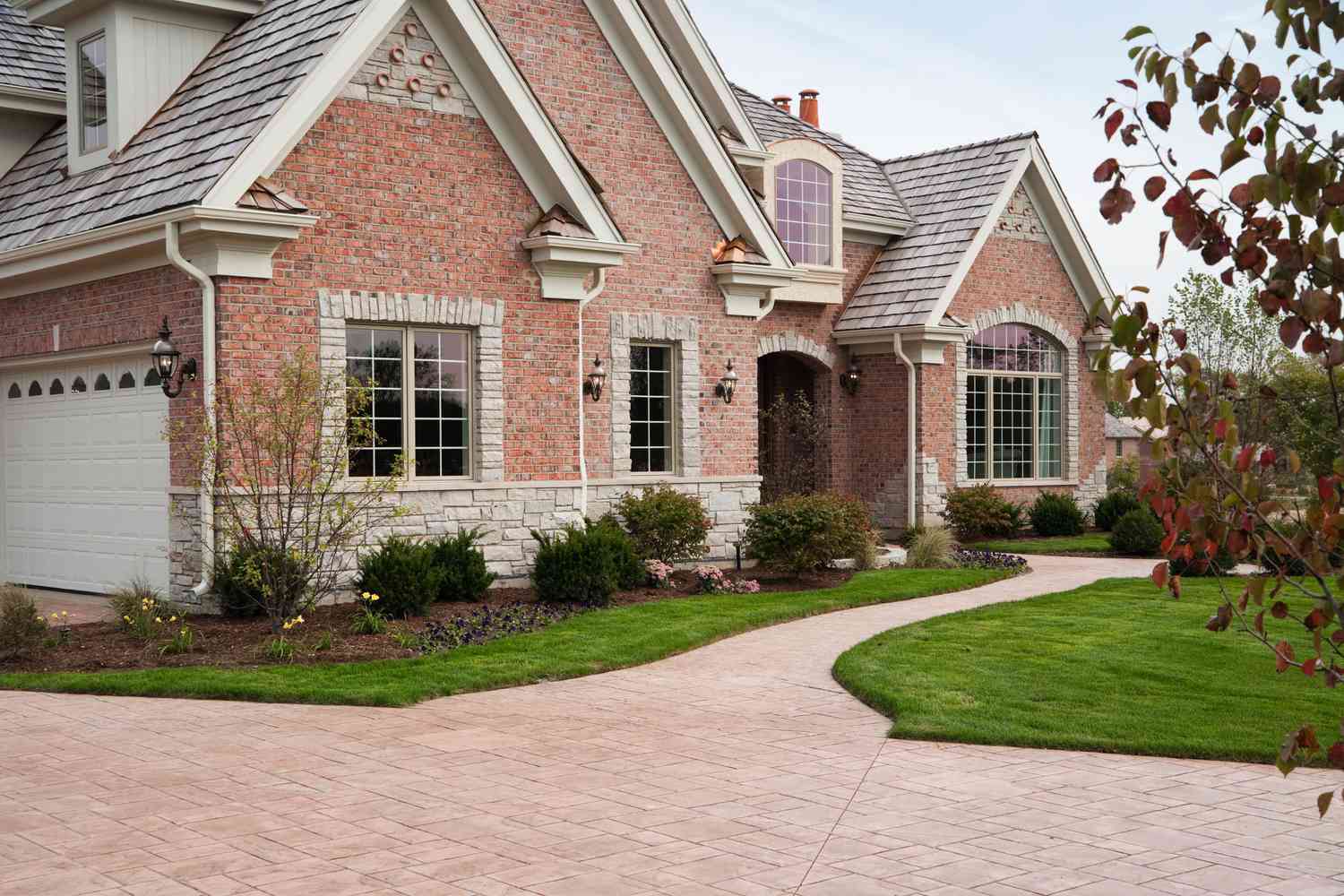
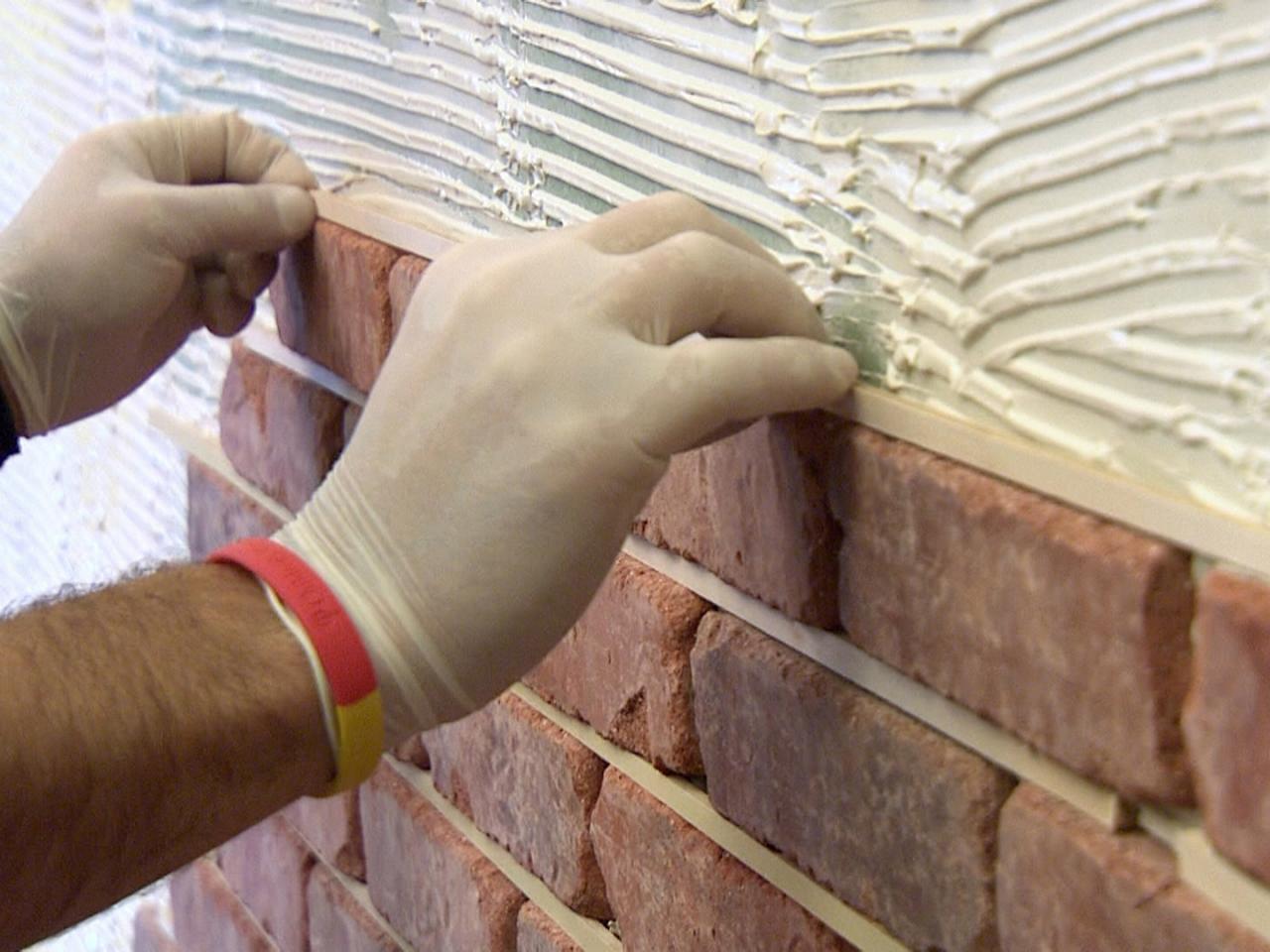
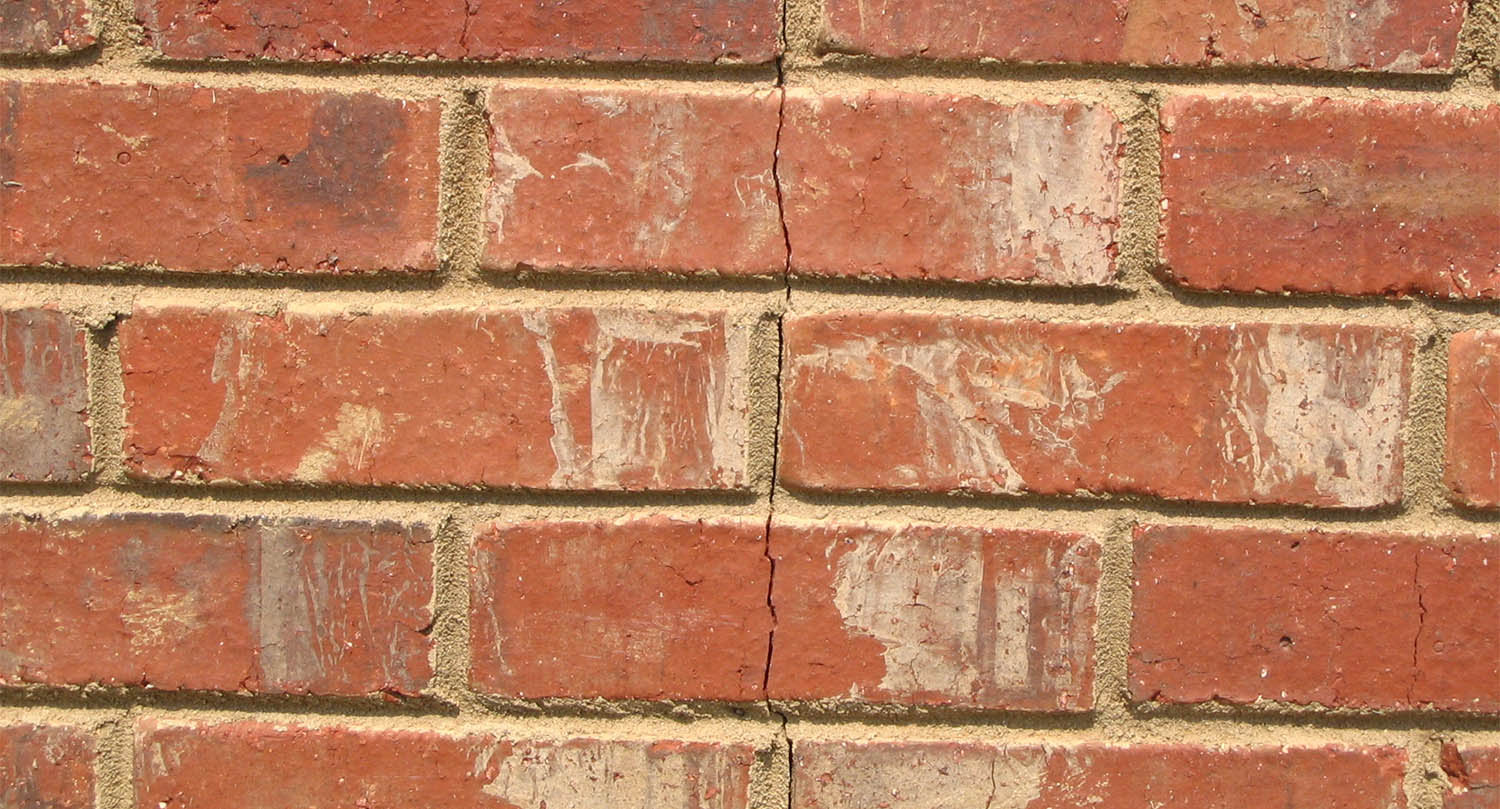
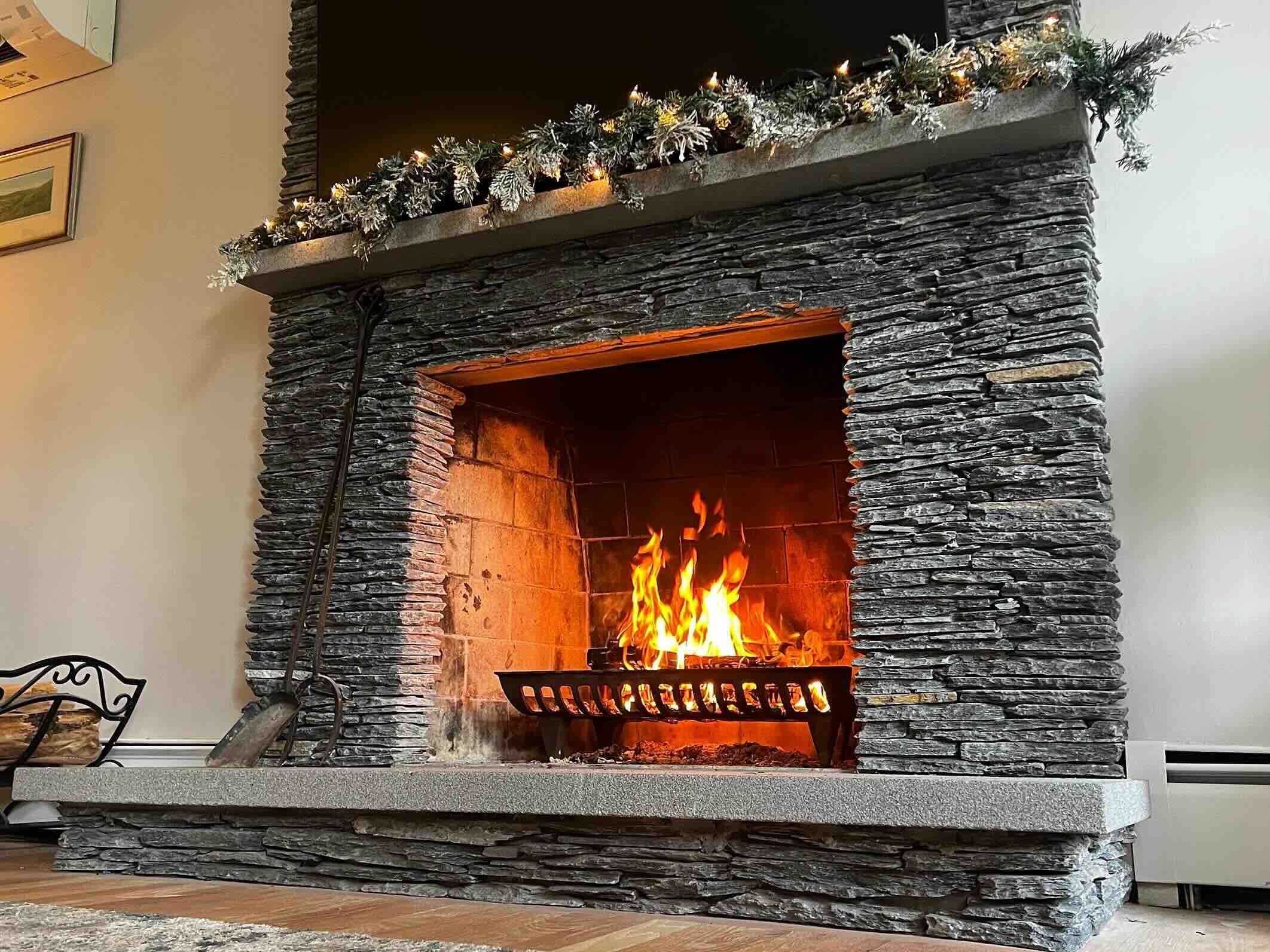
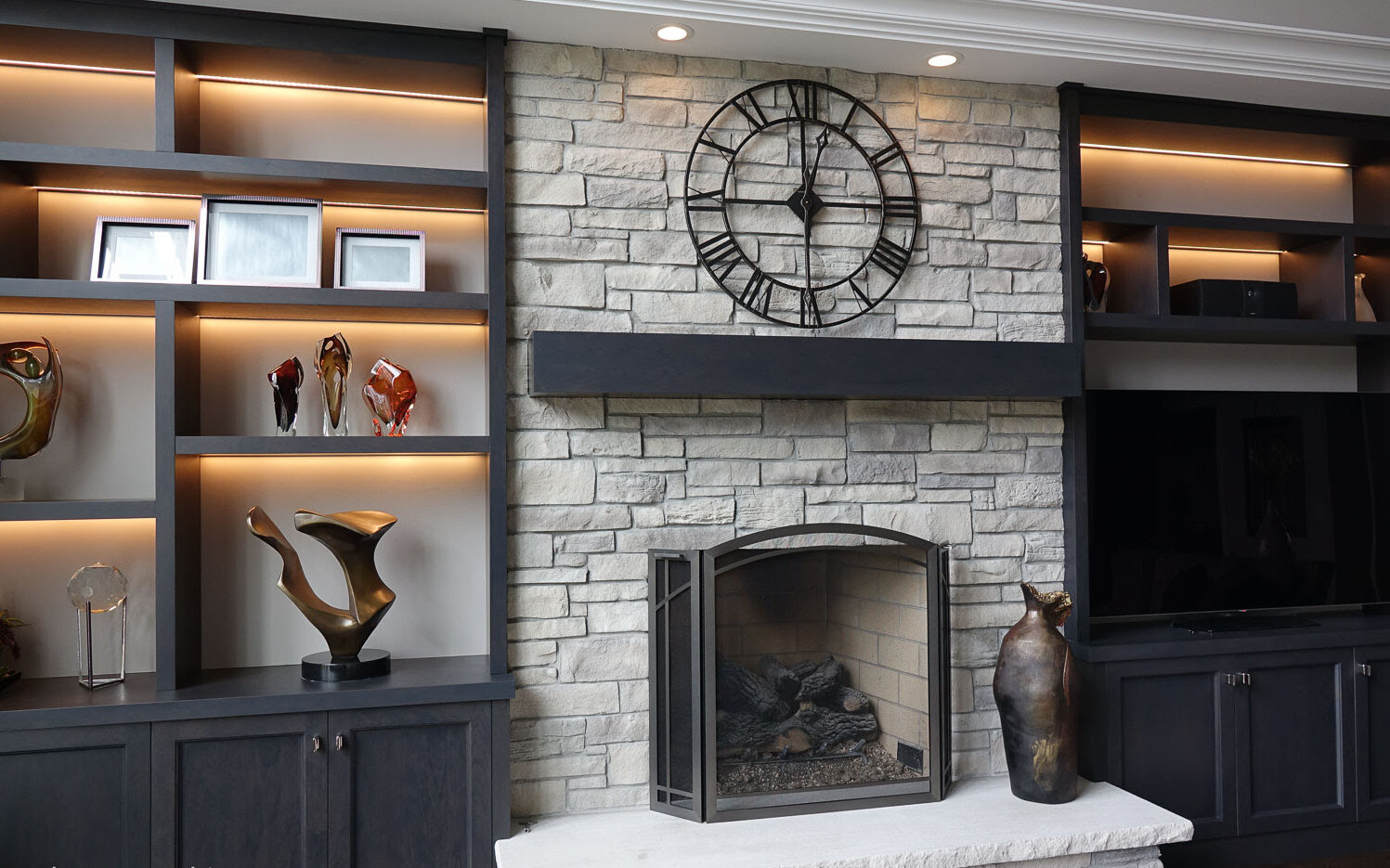
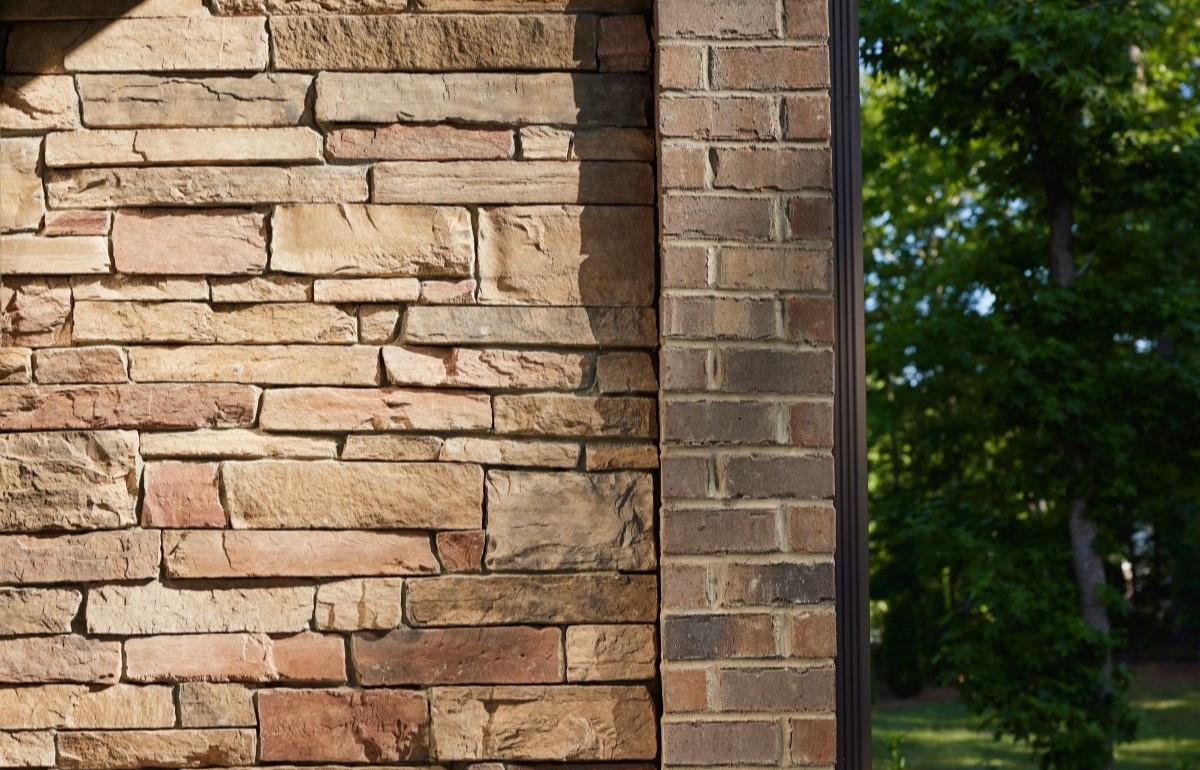
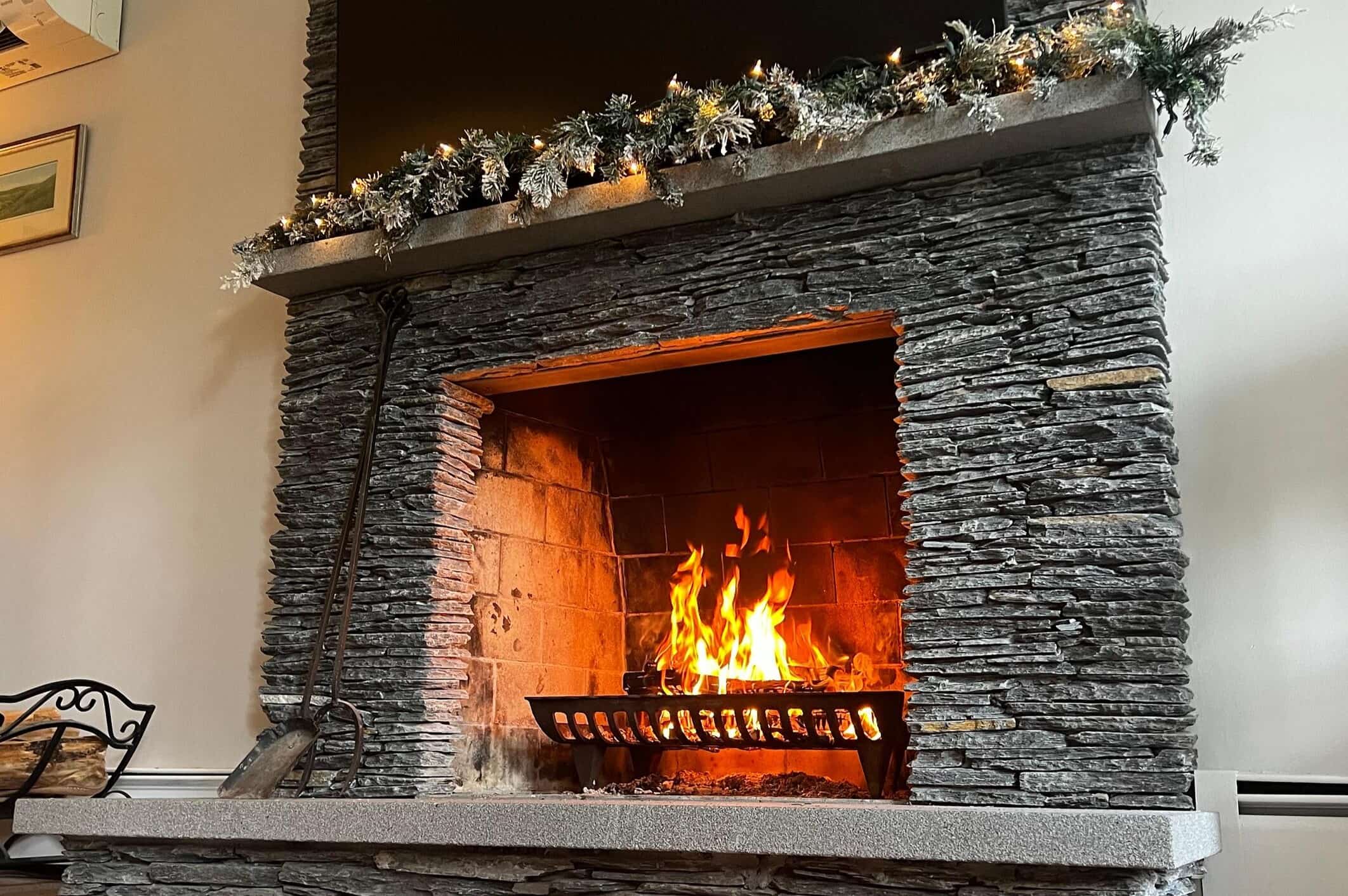
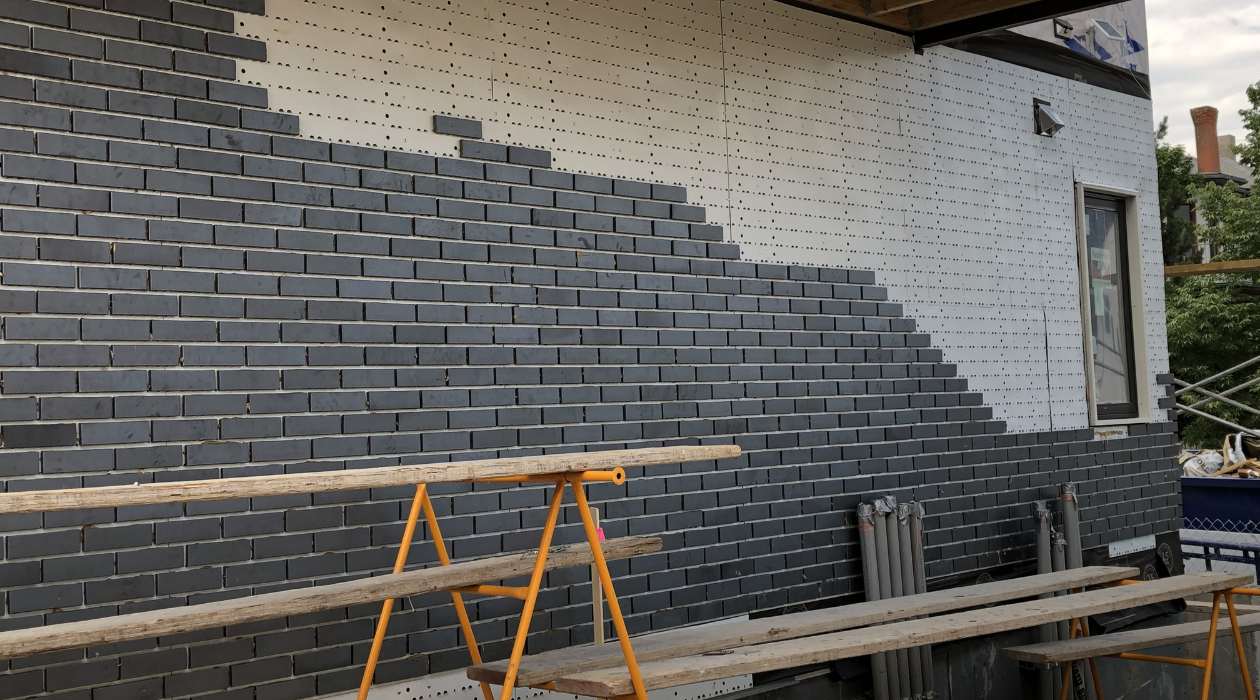
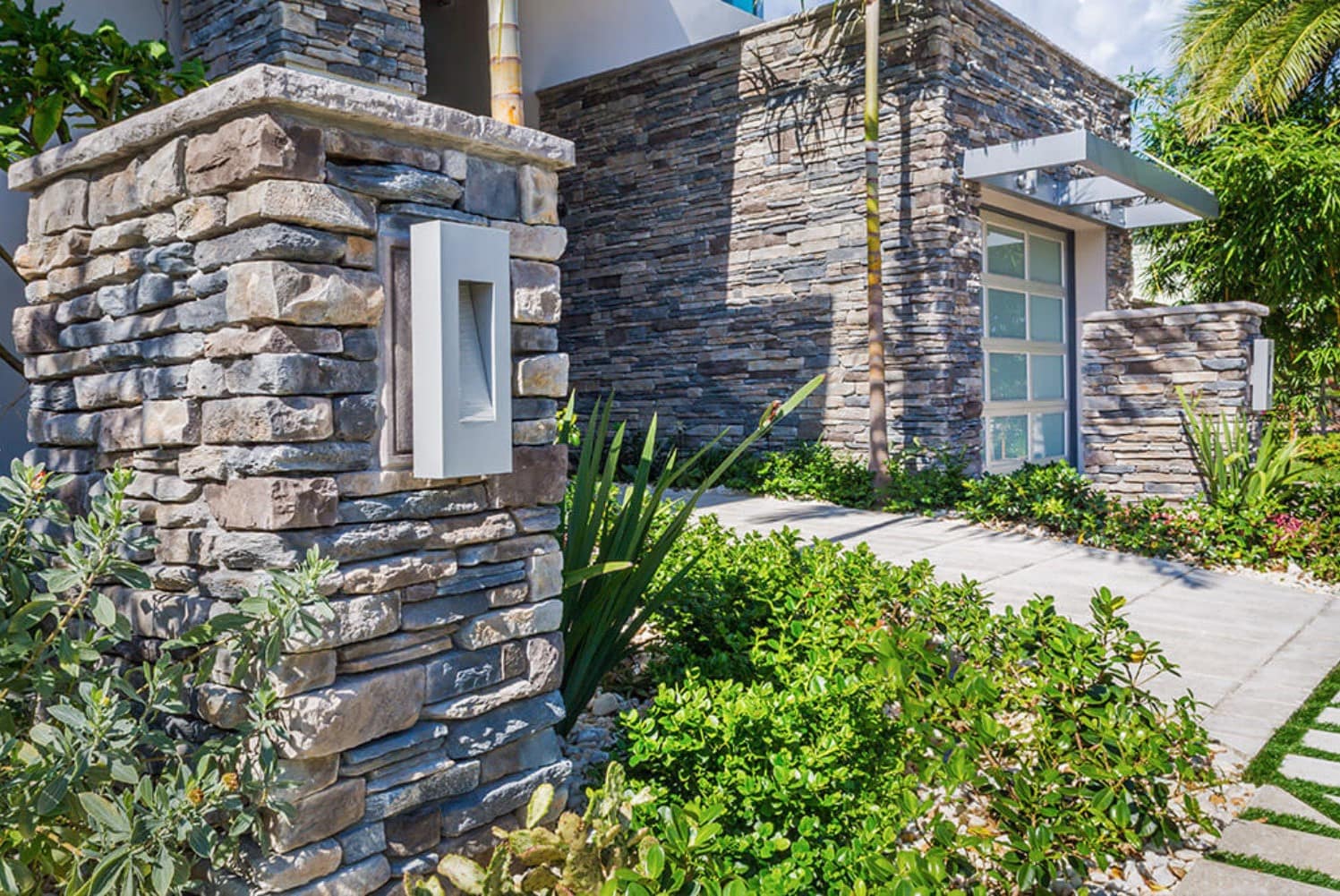
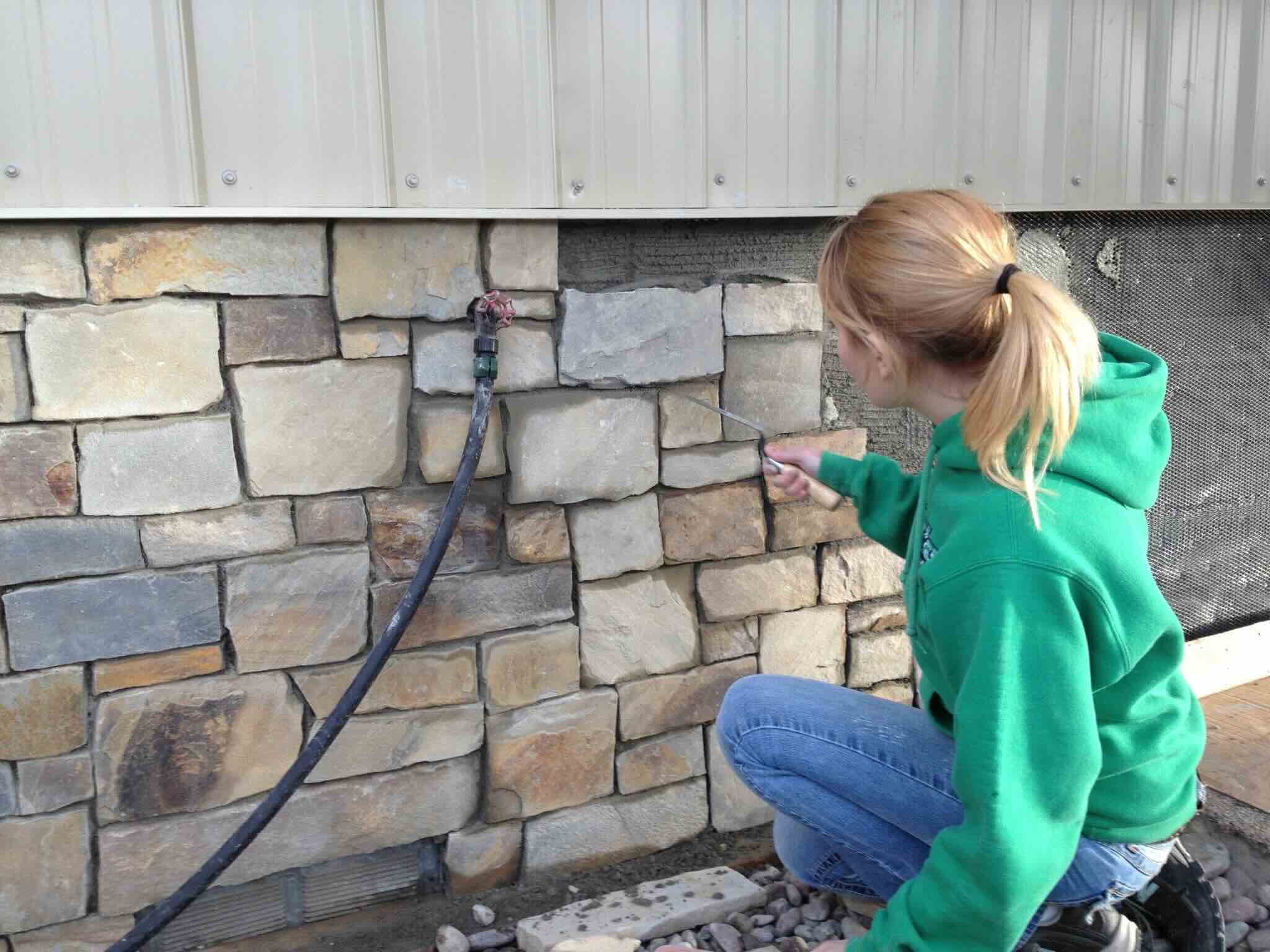
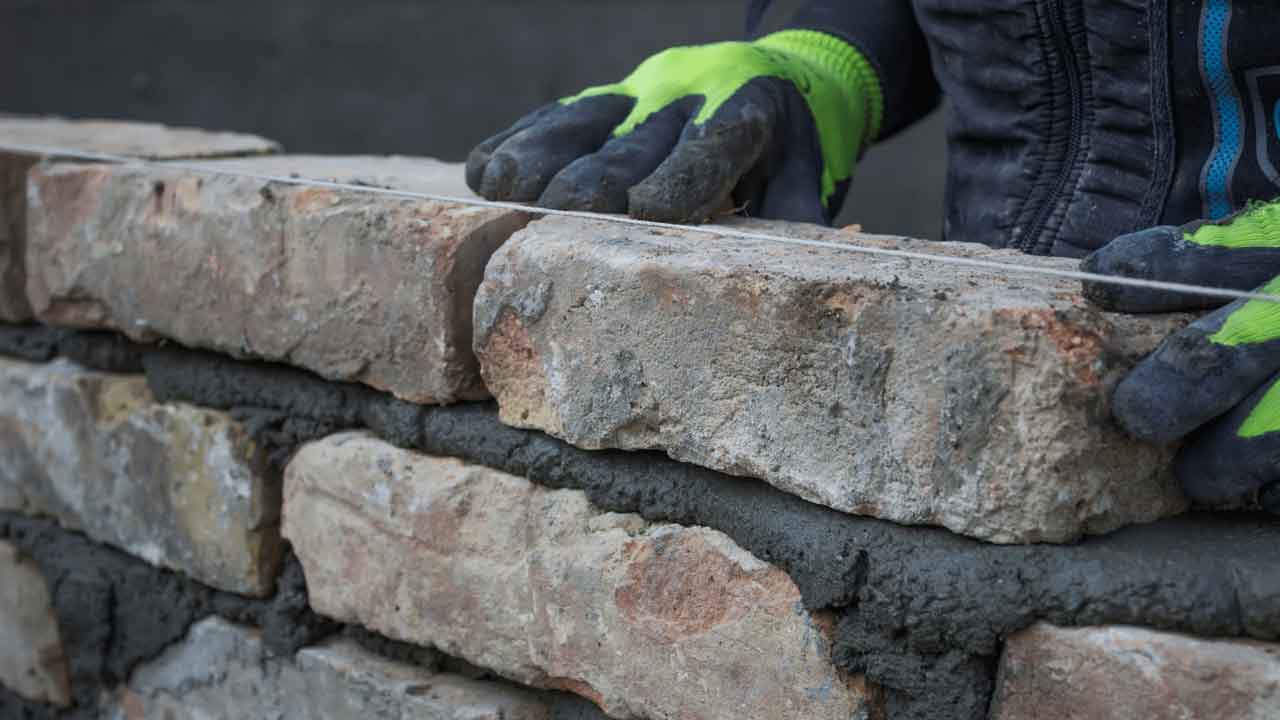
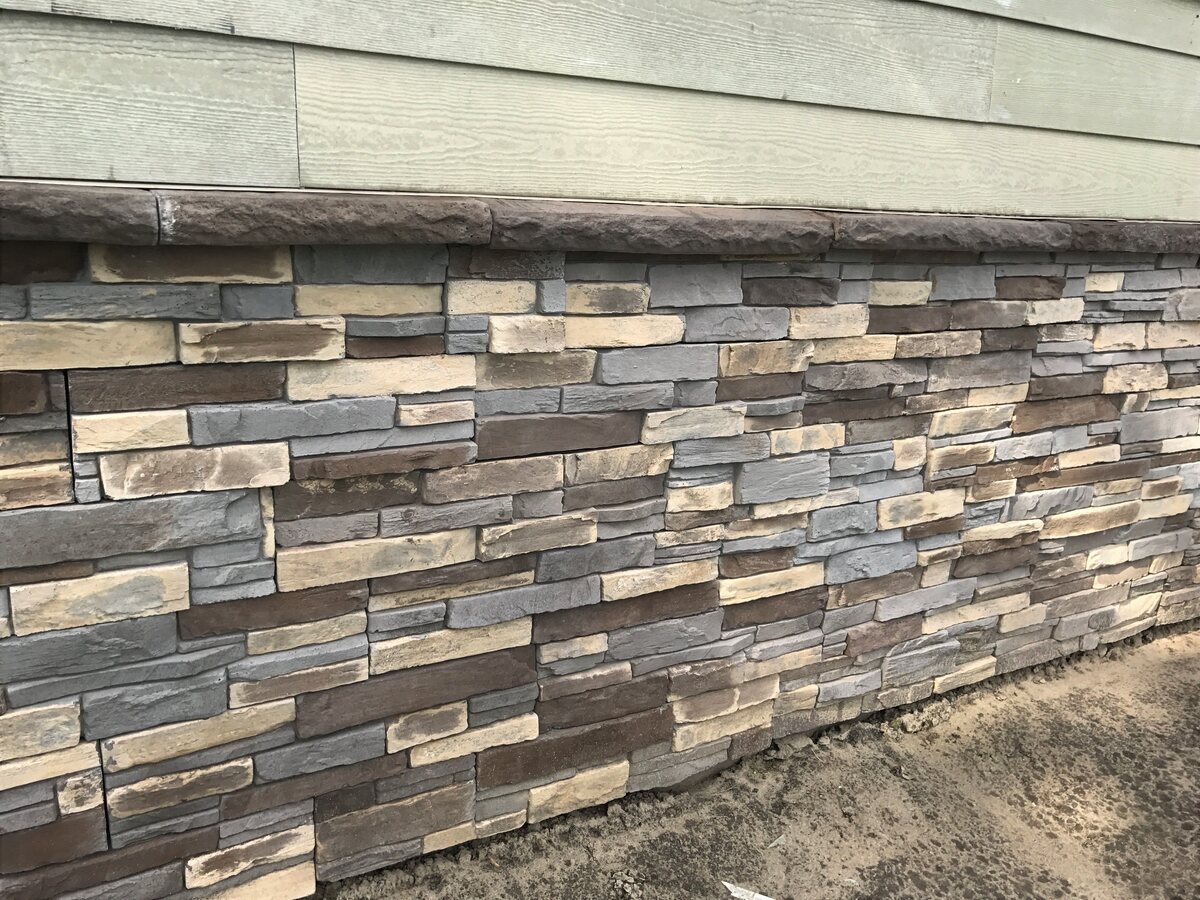
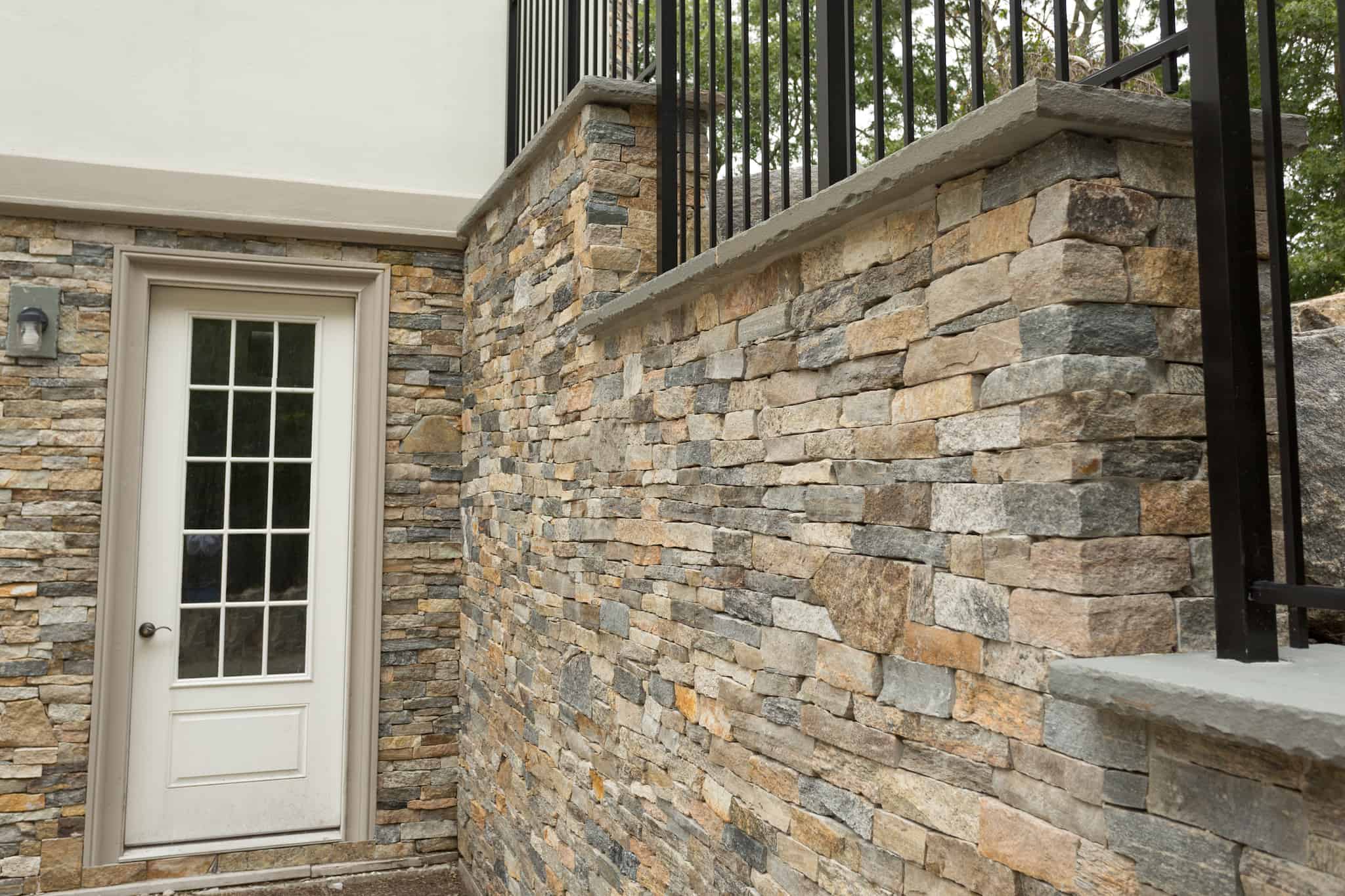
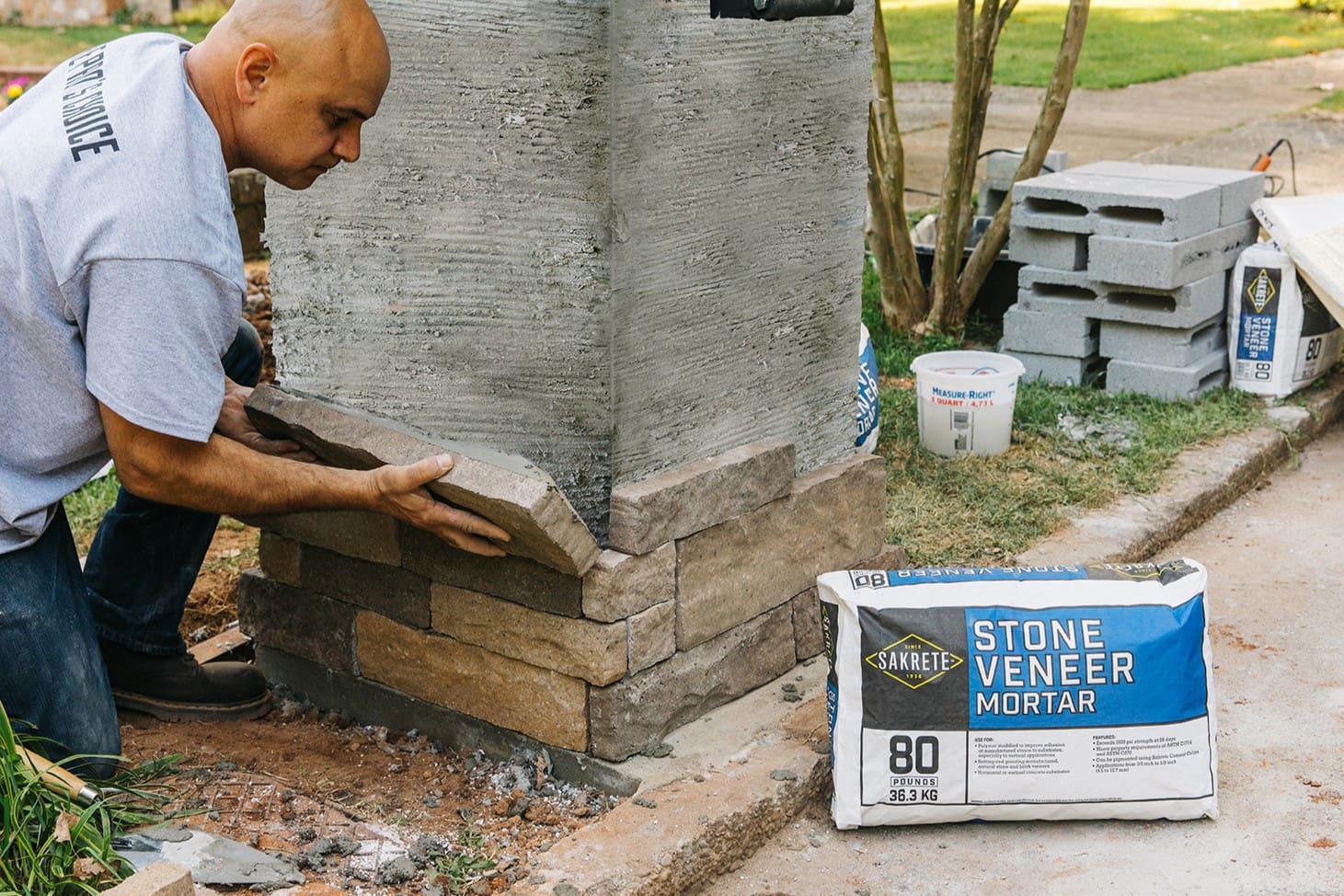

0 thoughts on “What Is Brick Veneer?”